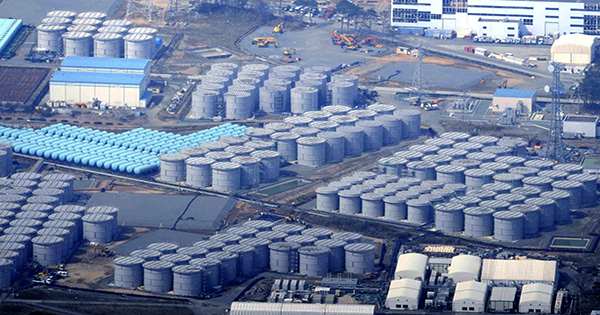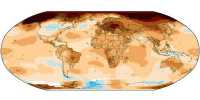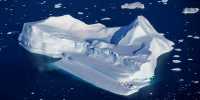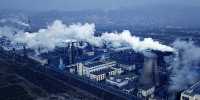The Japanese government has announced that in about two years it will start discharging polluted water into the Pacific from the Fukushima Daiichi nuclear power plants.
The decision has already sparked protests outside Prime Minister Yoshihide Sugar’s residence, but has backed by the International Atomic Energy Agency and at least some independent experts. The decision of the government does not come out anywhere. These reservoirs have been filling ponds since the 2011 disaster and expected to complete by 2022 if no action taken. Last October, providing time for consideration of alternative proposals, the possibility of releasing some water rose.
The scale that felt in 2011 failed to prepare for an earthquake and tsunami after the Daiichi power plant operators had to clear it after a meltdown. They built more than a thousand tanks to store water that penetrated the reactor or used to cool the fuel. The tanks contain high levels of radioactive tritium (two-neutron hydrogen). The water was initially contaminated with heavy elements, mainly cesium-137, which is much more dangerous, but also easier to remove.
More than a quarter of the tank has filtered cesium. With another 150 tons of water needed to be saved per day, more than 1 million tons already added, Tokyo Electric Power Co. (TEPCO) has decided that building new tanks will not be effective forever. This allows it to evaporate (more frequently dumping debris), injecting deep underground or leaving it in the Pacific Ocean. Although the water in plain tanks is deadly, tritium-only water further represents the problem of perception. Nigel Mark, a professor at Curtin University in Australia, explains: “Optics is terrible, but the Japanese government is doing the right thing by releasing treated wastewater into the sea from the Fukushima plant.”
Despite fears in some quarters that Fukushima is polluting the entire Pacific Ocean, its contribution to ocean-wide radioactivity is undeniable if the water not released. The most pertinent concern is the impact on local life the vicinity of the discharge and on the life of the sea. Because of the estimated release of the investigation within a year, local residents will exposed to 0.8 microsieverts of radiation, a third less than the actual evaporation concept. This is significantly lower than the average daily radiation received from the Japanese inhabitant soils, cosmic rays and other natural sources. Even potassium-rich foods such as bananas eaten every week but contain high levels of radiation, let alone daily.
















